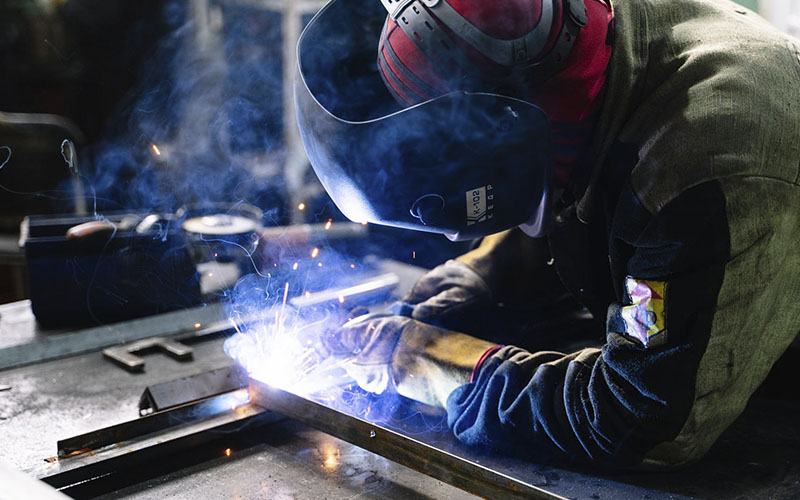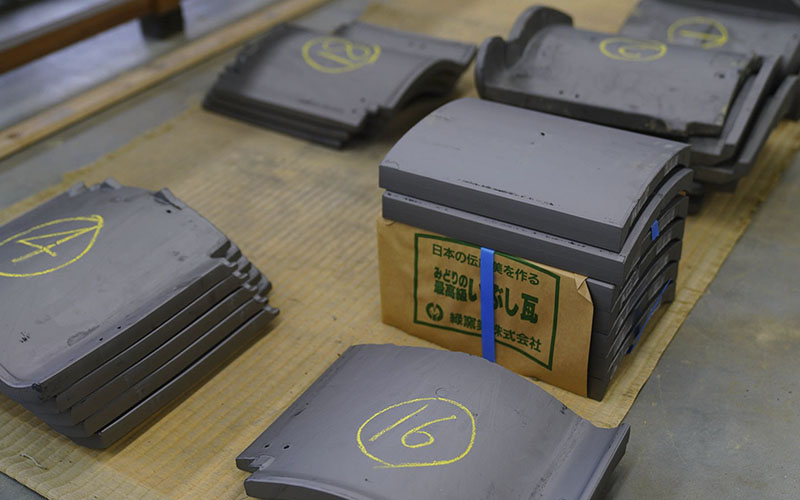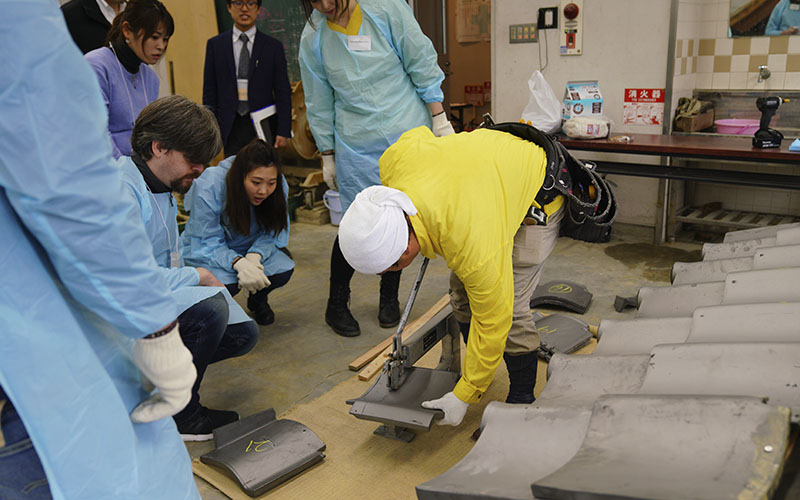Hello everyone, here is snowmonkey from the jimomin office! Today, I’d like to share the “Kawara-buki experience” an event we held twice so far in cooperation with Kyoto Kawara Koji Kyodo Kumiai.
What is “Kawara” the tradition of Japan?

Do you know Japanese tile called kawara? When you look out across the town, you can find many new buildings, but also many old buildings with a kawara roofing such as antique houses, temples, and shrines. “Kawara” is a tile made of clay boasts a history of 1400 years, and it was introduced into Japan in the Asuka era from India. It has been loved by people for a long time for its better durability, thermal insulation, and beautiful appearance with an abundant shading as well compared to other roofing materials.
Contraction of Kawara market & New challenge by craftsmen

Kawara is an architectural style symbolizes culture of “Japanese style”, just like “Sumo wrestling” and “Kabuki” do. However, due to the rise of new roofing materials, the Kawara market has been downsizing and the this trend has become serious issue for the Kawara industry across the nation.
Hence, to promote people to have more interest in Kawara, we decided to hold the Tile-roofing experience event! It is the first time for craftsmen to attempt such an event, they told us “A little nervous” as they are not used to show their work to people.
瓦葺き[Kawara-buki] experience begins.

- 瓦葺き [Kawara-buki]・・・【N】Tile roofing using Kawara, or a roof covered with Kawara
- 葺く [Fuku]・・・【V】to cover a roof with Kawara, plank, plants, etc...
Eg. “Yane-wo-fuku (cover the roof)”
Basically the Kawara-buki experience is to learn the process of roofing using already made Kawara.

The maximum participants capacity of 10 persons was filled right after the invitation made public. On the event day, participants including tourists, international students, and foreign residents from about 7 countries, along with interpreters and craftsmen, total of around 25 persons gathered at once! That made the venue very lively.




The event shared a lot of interesting information and stories, even Japanese aren’t so familiar with, including specialist terms, impacts of the recent typhoon, and so on. It was very strong tasting 2 hours! After the event, the association gave us mini Kawara magnets (so cute...), and they also took a time for questions and answers with the chairman. Atmosphere between participants and craftsmen was comfortable.

Let’s become an apprentice and start your career as a craftsman!

In conclusion, the Kawara-buki experience was very successful!
We’re positive about continuing the event, of course, becoming a craftsman is not so easy, but anyone has a potential to learn the culture to become one and inherit it regardless of nationality as long as loves Japan. Therefore, if you’re interested in Japanese cultures and traditions, why don’t you knock on the door of the industry and start training to be a young craftsman in the future...?!
Please check out jimomin for more about real-experience events like this!















